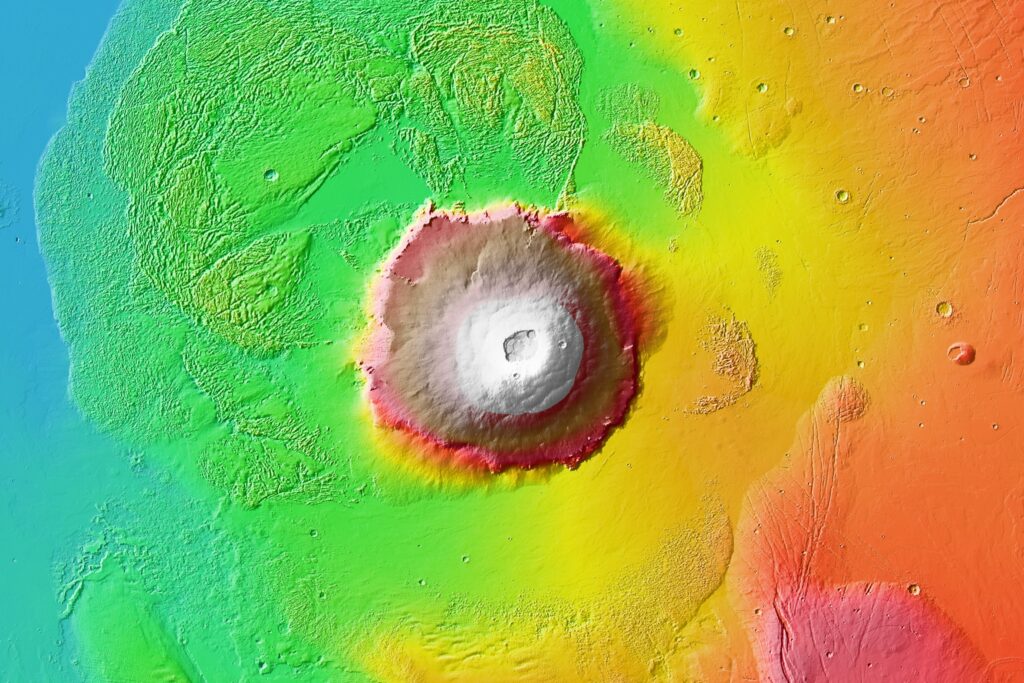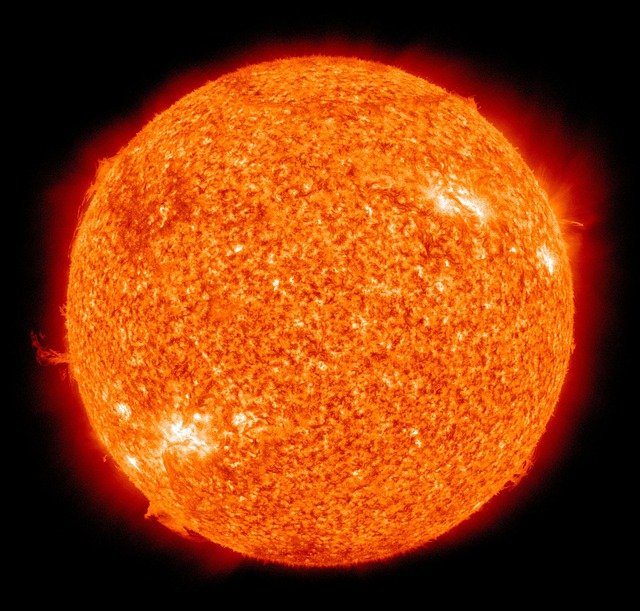The system of objects like planets, moons, asteroids, etc. that are bound directly or indirectly to the sun is known as the solar system. The following are 11 quick facts about the solar system. Let’s read.
11 quick facts about the Solar System
1. There are 8 planets and 416 known moons in our solar system.
Planets and their number of Moons
| Planet | Number of moons |
| Mercury | 0 |
| Venus | 0 |
| Earth | 1 |
| Mars | 2 |
| Jupiter | 95 |
| Saturn | 274 |
| Uranus | 28 |
| Neptune | 16 |
| Total | 416 |
2. Jupiter is the largest planet in the solar system. It has a diameter of approximately 142,984 km/88,846 miles. Jupiter is so big that more than 1,300 Earths could fit inside it.

3. Mercury is the smallest planet in the solar system. It is the closest planet to the sun and has a diameter of approximately 4,880 km/3,032 miles.
Fun fact: About 18 Mercurys would fit inside the Earth.

4. Ganymede (the largest moon of Jupiter) and Titan (the largest moon of Saturn) are larger the Mercury in diameter.
- Diameter of Ganymede = 5,268 km
- Diameter of Titan = 5,150 km
- Diameter of Mercury = 4,879 km
5. Olympus Mons on Mars, with an elevation of 21.9 km (13.6 miles), is about 2.5 times as high as Mount Everest. Mount Everest has an elevation of 8,849 m (5.5 miles). Olympus Mons is actually a shield volcano.

6. Venus is the hottest planet in the solar system although it is not the closest planet to the Sun. The temperatures on Venus can reach above 460°C ( 860°F).

7. Uranus is the coldest planet in the solar system. The lowest measured temperature on Uranus was -371 degrees Fahrenheit/-224 degrees Celsius.

8. The Asteroid belt between Mars and Jupiter contains between 1.1 to 1.9 million asteroids having diameters larger than 1 km.

9. Saturn is the planet with the highest number of known moons, 274. Jupiter has 95, Uranus has 28, and Neptune has 16 known moons.

10. There are 4 terrestrial planets – Mercury, Venus, Earth, and Mars, and 4 Gas giants – Jupiter, Saturn, Uranus, and Neptune. Uranus and Neptune are also known as ice giants. Gas giants do not have a true well-defined surface. Terrestrial planets, on the other hand, have a rocky surface.
11. The solar system began forming about 4.6 billion years ago.

Extra
Dwarf planets

There are many dwarf planets in the solar system, The well-known ones are Pluto and Ceres. Dwarf planets as the name suggests are relatively smaller than normal planets. These planets have not cleared their orbital path.
Planets with no moons
Mercury and Venus are the planets with no known moons.
Size of Pluto
Pluto has a diameter of about 2,370 km meaning it is even smaller than Earth’s moon which has a diameter of about 3,475 km.
Most asked questions
1. Name the planets in order.
Answer – Mercury, Venus, Earth, Mars, Jupiter, Saturn, Uranus, and Neptune
2. Name the 4 terrestrial planets.
Answer – Mercury, Venus, Earth, and Mars
3. Name the 4 gas giants.
Answer – Jupiter, Saturn, Uranus, and Neptune
4. Name the 2 ice giants.
Answer – Uranus and Neptune
5. Where is the asteroid belt located in the solar system?
Answer – between Mars and Jupiter
Read more